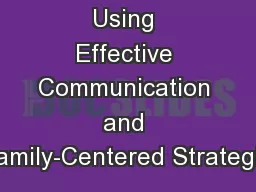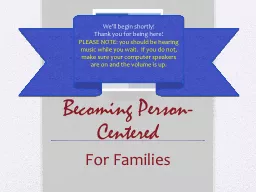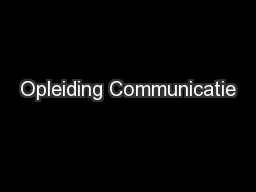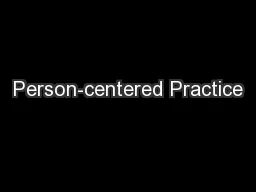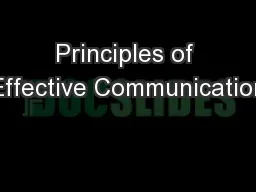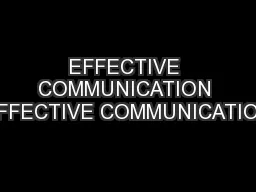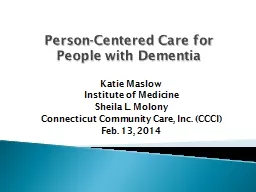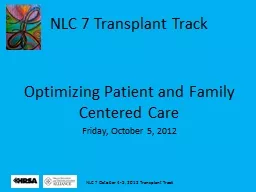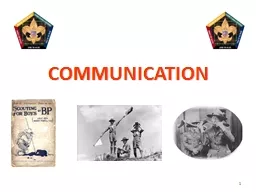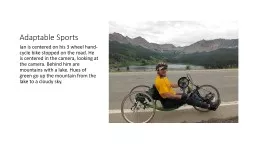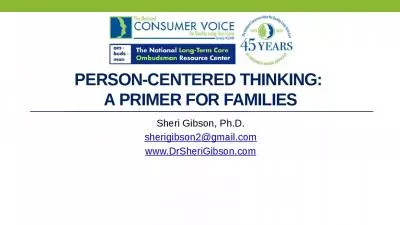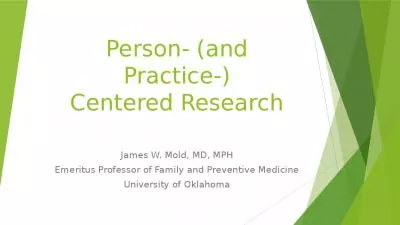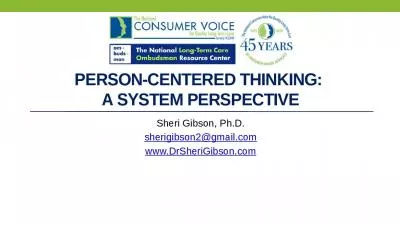PPT-Using Effective Communication and Family-Centered Strategie
Author : karlyn-bohler | Published Date : 2017-08-01
Sarah Berger Social Work Trainee UWMadison Pediatric Pulmonary Center May 10 2016 Recognized Need Clinic Visit New Information Apparent Understanding Apparent Understanding
Presentation Embed Code
Download Presentation
Download Presentation The PPT/PDF document "Using Effective Communication and Family..." is the property of its rightful owner. Permission is granted to download and print the materials on this website for personal, non-commercial use only, and to display it on your personal computer provided you do not modify the materials and that you retain all copyright notices contained in the materials. By downloading content from our website, you accept the terms of this agreement.
Using Effective Communication and Family-Centered Strategie: Transcript
Download Rules Of Document
"Using Effective Communication and Family-Centered Strategie"The content belongs to its owner. You may download and print it for personal use, without modification, and keep all copyright notices. By downloading, you agree to these terms.
Related Documents

